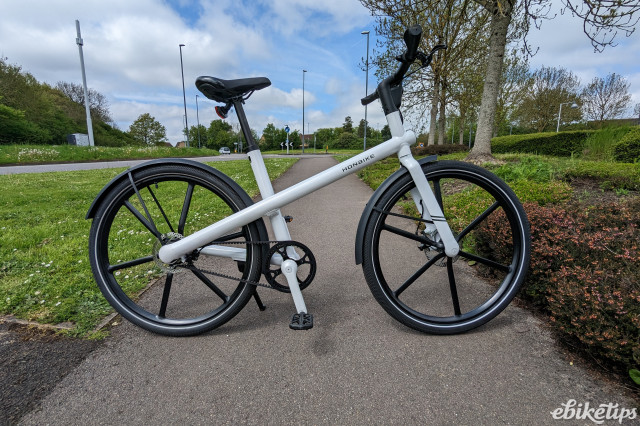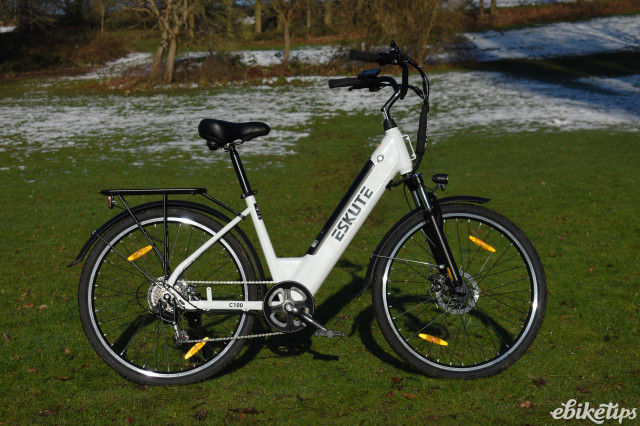The UK government has published new statutory guidelines on lithium-ion battery safety for e-bikes, aimed at businesses that manufacture, import or distribute e-bike batteries. The guidelines come as a response to an increase in reporting of fires caused by lithium-ion batteries.
What is the risk with lithium-ion e-bike batteries?
When manufactured safely, and with the correct safety mechanisms, a lithium-ion battery for an e-bike or e-scooter is no more dangerous than any other. The potential for a more significant fire risk than other types of fires comes through something called thermal runaway.
We've explained this in more depth in our article on e-bike battery safety, but essentially when the temperature of individual cells reaches a critical point, exothermic reactions occur and can generate heat incredibly quickly, resulting in the release of flammable gases. A good battery management system can halt this at the failure of the first cell, but poorly and often cheaply designed batteries are less likely to feature a managament system at all.
What do the guidelines say?
The guidelines released by the government on 12 December are aimed at manufacturers, distributors of lithium-ion batteries, or businesses that import them. It covers lithium-ion batteries designed for use with electric bikes, including those in conversion kits.
So what do the guidelines suggest? Firstly, they identify the need for adequate safety mechanisms such as a battery management system for a battery to be considered safe under General Product Safety Regulations 2005 (GPSR).
This, as we explained above, essentially acts a a protective system which detects voltage of individual cells as well as the battery pack current and temperature of the cells. In order for it to work, it must be able to prevent the battery from "entering thermal runaway" when it begins to operate outside of normal working temperatures or voltages. It also must be able to prevent the cells from entering thermal runaway due to incompatible battery charger usage.
The guidelines also state that the battery designs should be able to "sufficiently resists damage from external sources." For the purpose of these guidelines, that includes higher and lower temperatures, impact and vibration from normal usage and liquids.
From what we can see, the guidelines offer pretty much a common sense approach to the manufacturing and distribution of e-bike batteries. If a business is found to be non-compliant with these guidelines, there could be financial penalties and/or imprisonment sentences handed out.
Does this put your mind at ease a little further about buying e-bike batteries online? Or will you stick to buying solely from a manufacturer to guarantee authenticity? Let us know.






